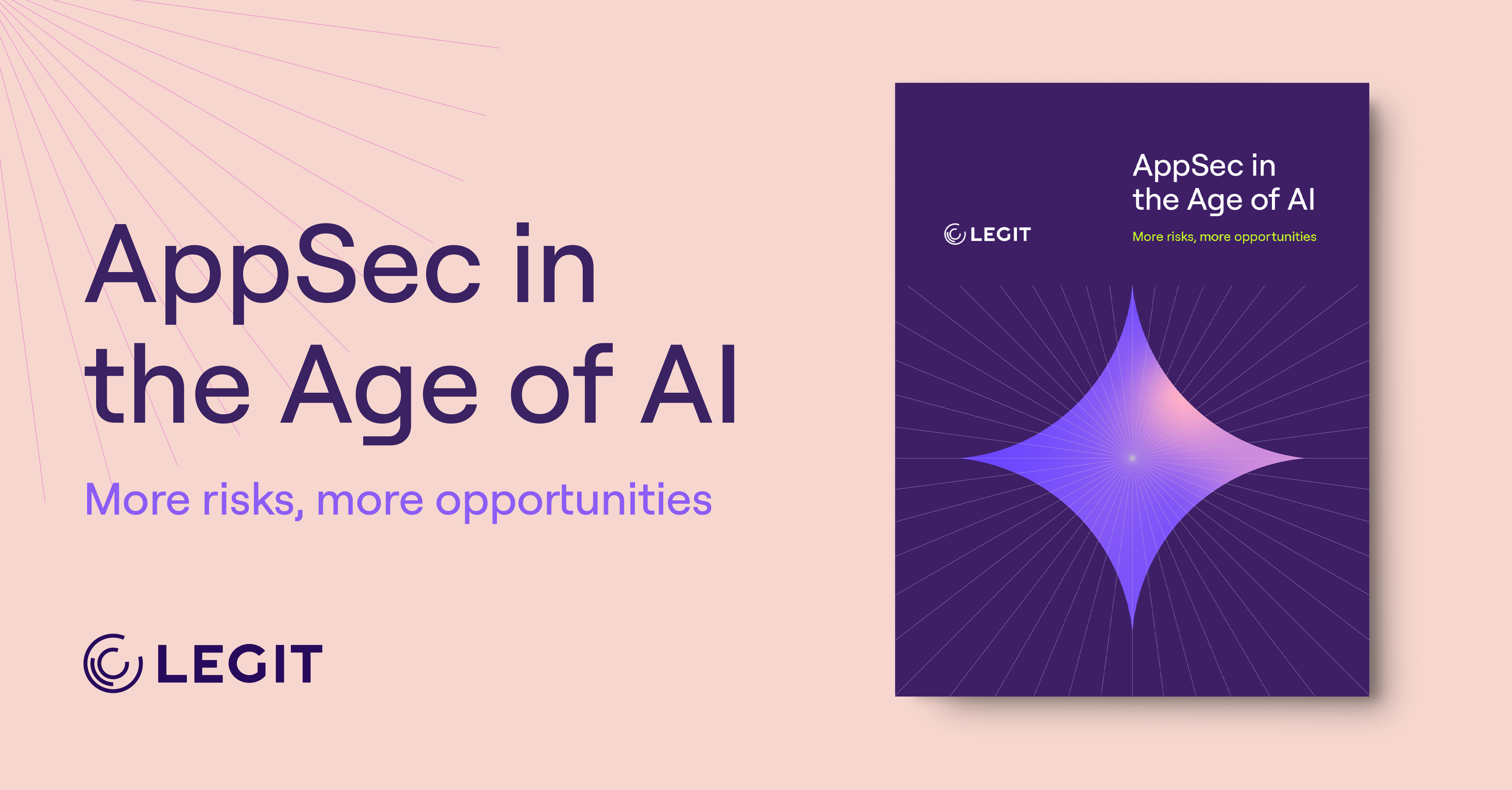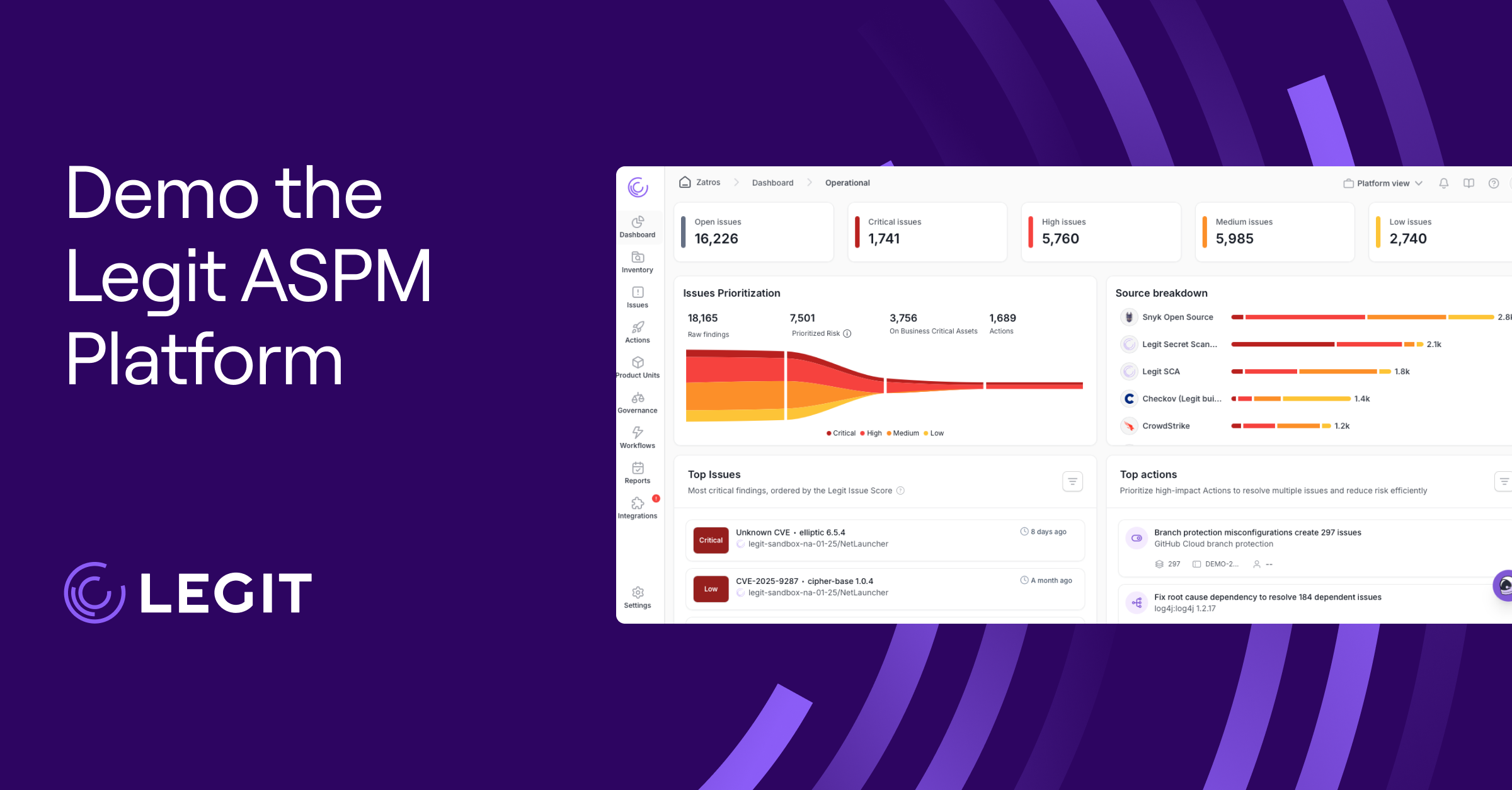Security teams often face a nonstop barrage of automated attacks that outpace manual defenses. Security operations center (SOC) analysts have to battle alert fatigue while juggling fragmented tools and struggling to keep pace with fast-moving threats.
By acting autonomously and adapting as conditions change, agentic AI facilitates a shift from reactive defenses to proactive protection. This article explores what agentic AI security involves, how this technology differs from generative AI, what challenges it raises, and the strategies you can use to manage its risks.
What Is Agentic AI?
Agentic AI is a class of autonomous, goal-driven AI systems that can plan and take actions on their own. Instead of waiting for a prompt, these sophisticated AI agents break big objectives into smaller tasks, choose the right tools or sub-agents, retain useful information, and adapt their strategies as conditions change.
This technology represents a significant step beyond the prompt-based generative AI (GenAI) that more common “one-shot” agents are based on. Their advanced nature is why agentic AI is frequently used for long-horizon work like investigations and remediation.
In a security context, agentic AI monitors signals and executes approved responses across your tech stack. You’ll also hear this term used in network and SOC workflows, where agentic AI agents interact with tools and data in real time.
This is powerful functionality, but it does introduce certain agentic AI security risks. There’s a chance for tool misuse or adversarial manipulation, so teams will need guardrails and human approval points for high-impact actions.
Agentic AI vs. Generative AI: Key Differences
Generative AI shines when you give it a prompt and need an answer or summary. The flow is straightforward—input goes in, output comes out. But that type of AI doesn’t hold on to context or pursue goals over time. Once a task finishes, the system essentially resets, which makes GenAI useful for single-step work but limited for complex operations.
Agentic AI builds on generative systems by using large language models (LLMs) as its reasoning engine. You can think of the LLM as the “brain” that provides context and reasoning, while the agentic layer adds planning and memory to transform that intelligence into goal-directed action.
When given a complex task, agentic AI autonomously sets a plan, breaks down objectives into steps, calls the right tools or sub-agents, and uses memory to stay on track until it completes the job. It reasons and adapts, even as conditions change. This autonomy opens the door for broader use cases, but also influences how you approach agentic security.
The Role of Agentic AI in Cybersecurity
Security teams need innovative methods for acting on the data they receive, and agentic AI can assist in various ways. Instead of running single scripted automations, this technology combines memory, reasoning, autonomy, and adaptability to manage security tasks from end to end. Here’s what that looks like in practice.
Memory and Learning
Agentic AI can remember what it's seen before. If it flagged a phishing attempt yesterday, and the same attacker tries a modified approach today, the AI won't start from scratch. It carries lessons forward, using past outcomes to refine how it handles new alerts. That continuity lets SOC teams move faster and avoid chasing redundant false positives.
Autonomous Operation
These systems don’t just line up recommendations and wait for approval. They can isolate a compromised endpoint, cross-check threat intelligence, or kick off a forensic task on their own. This makes agentic AI network security a great way to reduce response times while easing the load on analysts.
Goal-Oriented Behavior
Agentic AI isn’t reactive in the way generative AI tends to be. Give it an objective, like protecting sensitive customer data, and it breaks the job down—for example, “patch exposed servers and shut down suspicious processes, then escalate anything that looks like a serious intrusion.” That goal-driven mindset keeps defenses aligned with what matters most to the business.
Contextual Decision-Making
Agentic AI factors in context, such as an asset’s value and how exposed it is. That helps these systems filter out the noise and only escalate the threats that actually put your environment at risk. Instead of drowning in low-value alerts, analysts get a clear picture of what should be addressed first.
Common Challenges When Using Agentic AI
As powerful as agentic AI can be, it introduces a new set of security risks and other hurdles your team can’t ignore:
- Biases and distortions: Each AI model learns from existing data, which means it can inherit and even amplify biases baked into training sets. That can skew how it prioritizes incidents or assesses AI-generated code, raising concerns about fairness and accuracy.
- Unclear decision-making processes: These systems often act as black boxes. Without clear visibility into how an agent reached its conclusion, it’s harder to validate actions or explain them to auditors. This lack of transparency increases the risk that AI security failures will go undetected.
- Integration and API demands: Agentic AI relies on pulling data from across your environment, which requires robust APIs and standardized formats. Weak integration can limit effectiveness, while poorly secured APIs can become vulnerabilities.
- Expanded attack surface: With autonomy comes exposure. Malicious actors may exploit vulnerabilities in agentic AI itself, from poisoning training data to manipulating AI cybersecurity tools. Adversaries could also use AI-generated code tools or insert risky code into pipelines, creating a new layer of security risks.
How Can You Strengthen Agentic AI Security?
Fortunately, these agentic AI security threats can be overcome. To mitigate the risks of using this technology, it’s important to:
- Design agents with built-in guardrails: Limit what they call or change, and require human approval for any high-impact steps.
- Enforce identity-first controls: Just as with human users, applying least privilege and short-lived credentials makes sure every action maps back to a specific source.
- Add runtime controls: These can filter inputs, block risky tool calls, quarantine suspicious behavior, and make observability non-negotiable.
- Implement logging and tracking: Inputs/outputs and API logs must be captured and searchable, so you can explain why the agent acted the way it did.
- Don’t skip active testing: Pentest these agentic agents regularly with a focused scope—prompt injection, tool/API misuse, privilege escalation, model extraction, and data poisoning. Run most work in a sandbox, and only conduct live tests with written approval and a rollback plan.
- Secure the supply chain around your agents: Require signed model checkpoints, track where training data comes in, and create a software bill of materials (SBOM) for models and connectors. That way, you can remove risky components and keep a clear trail if an agent starts to drift from expected behavior.
Protect Your AI-Driven Workflows With Legit Security
As organizations embed AI deeper into their pipelines, the attack surface expands with every new model and connector. To help you manage the resulting risks, Legit Security extends its application security posture management (ASPM) platform with AI-SPM capabilities that give you continuous visibility and control over workflows.
Legit monitors activity across your software development lifecycle, and flags risky behavior before it reaches production. By consolidating findings from secure AI validation and pipeline monitoring, Legit helps you understand exactly where AI is introducing new risks. Then it enforces policies automatically, with human approvals when needed.
Implement agentic AI safely into your workflows with Legit—try a demo today.
Download our new whitepaper.


